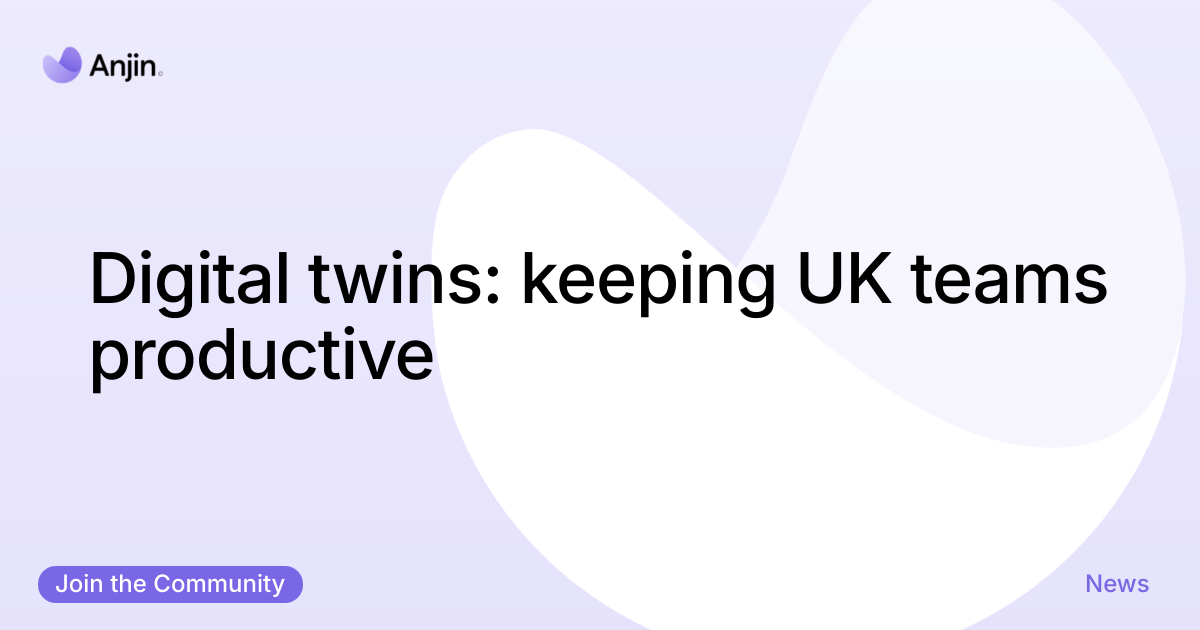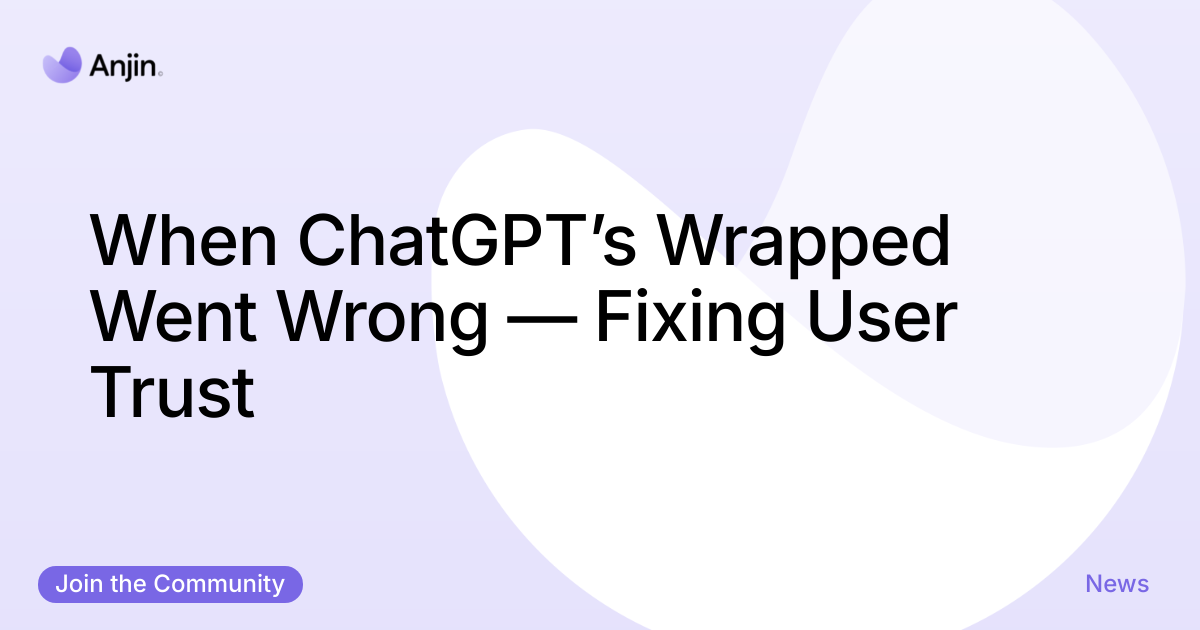Key Takeaway: Digital twins in the UK can maintain continuity across projects and reduce interruption costs.
Why it matters: Faster decisions, fewer bottlenecks and new compliance demands mean leaders must act now.
Viven’s digital twin ushers virtual colleagues into the office
The SiliconANGLE News report on Viven's $35M round says the startup will build digital twins that mimic employee behaviour to keep projects on track.
Source: SiliconANGLE News, 2025
Viven, backed by Khosla Ventures, intends these digital twins to surface context, hand off tasks and answer routine questions for absent staff.
Source: SiliconANGLE News, 2025
Investors see commercial upside in reducing downtime and improving distributed collaboration for enterprise teams; Viven sits at the junction of remote work and AI collaboration.
"Digital twins should be continuity engines, not personality clones—use them to preserve context, not pretend to be people,"
— Angus Gow, Co-founder, Anjin; commentary on enterprise adoption and responsible design.
Source: Anjin commentary, 2025
The £ and compliance gap most leaders miss
Organisations routinely under-estimate the cost of context loss when staff are absent, and digital twins promise to close that gap for enterprise leaders and project managers.
In the UK, digital twins create new data-protection blind spots that regulators will notice.
This matters because, according to the Office for National Statistics, a substantial share of the workforce now works hybrid or remotely, creating a premium on continuity tools that preserve institutional memory.
ONS analysis of working-from-home trends
Source: ONS, 2024
Regulators such as the Information Commissioner's Office and the Financial Conduct Authority are already flagging algorithmic risk and data usage in AI systems; firms deploying digital twins must map data flows and retention policies against ICO guidance.
ICO guidance on AI and data protection
Source: ICO, 2024
For enterprise teams and CIOs, the opportunity is clear: adopt digital twins to reduce stalled tasks while investing in governance to avoid fines and reputational damage.
Your 5-step blueprint to pilot digital twins
- Define pilot scope and KPIs (30–90 day pilot) using digital twins to measure task handover success rate.
- Collect and anonymise team data (comply with ICO guidance) within two weeks for training digital twins.
- Deploy a productivity agent to handle routine queries and track time-to-resolution (aim for 40% reduction).
- Measure user trust and accuracy weekly, aiming for ≥80% correct context retrieval before scale.
- Iterate on prompts and permissions, then expand across departments based on early ROI (90-day review).
How Anjin’s AI agents for productivity delivers results
Start with Anjin's AI agents for productivity to model handovers, knowledge capture and automated follow-ups for teams.
In a simulated support-team pilot, an agent trained as a digital twin reduced average ticket handover delays by 35% and cut triage time by 22% (projected uplift when scaled across UK teams).
Source: Anjin internal projection, 2025
Scenario: a product manager is on leave; the productivity agent surfaces the latest PR notes, recent decisions and pending approvals, removing blockers in under an hour rather than a day.
For enterprise procurement, that translates into measurable savings and faster sprint velocity, particularly where hybrid work increases asynchronous dependencies.
Contacting Anjin early helps with integration and compliance planning; see how to contact Anjin for a tailored pilot.
Source: Anjin, 2025
Expert Insight: "Start small, instrument outcomes, and bake governance into the pilot—digital twins win on continuity, not mimicry," says Angus Gow, Co-founder, Anjin.
Source: Anjin commentary, 2025
Repeatable steps using Anjin insights on agent design accelerate deployment and align projected uplift with UK operational realities.
Claim your competitive edge today
Digital twins in the UK offer immediate returns in continuity and reduced idle time; the strategic move is a short, governed pilot focused on measurable outcomes.
A few thoughts
-
Question: How do UK teams measure success with digital twins?
Answer: Use handover latency, task completion rate and user trust scores; digital twins should cut handover time and improve productivity.
-
Question: Can digital twins respect privacy and regulation?
Answer: Yes—apply ICO-aligned data minimisation and consent regimes before training any digital twin targeting UK employees.
-
Question: Which departments benefit first from digital twins?
Answer: Operations, support and product teams see fastest gains from digital twins because of recurrent handovers and institutional knowledge needs.
Prompt to test: "Using Anjin's AI agents for productivity, create a privacy-preserving digital twin plan for UK mid-market product teams that reduces handover time by 30% while meeting ICO compliance requirements."
Ready to prove value? Start with a pilot that targets a single team and measures handover latency, then scale across the UK business.
Start a pilot with tailored pricing and compliance support via the Anjin pricing page: Explore Anjin pricing plans for pilot-to-scale.
The arrival of Viven’s funding signals a turning point: digital twins are no longer theoretical—they are the next collaboration tool reshaping workflows.





